Are you dreaming of a new home in another country? Naturalization is the most common way to obtain a passport and full citizenship status if you do not have direct roots, marriage with a foreigner, or the opportunity to invest huge sums. This process takes time, patience, and compliance with strict requirements, but it opens the door to new opportunities and rights. In this article, we will discuss in detail the grounds on which citizenship can be obtained by naturalization, what steps need to be taken and how to increase the chances of success.
Citizenship by naturalization: legal grounds
The procedure for obtaining citizenship by naturalization is based on specific conditions stipulated in the law of each country. The starting point is legal stay. Only an officially registered status, including a residence permit and permanent residence, gives the right to start counting down. Spain requires 10 years of legal residence. For immigrants from Latin America, the Philippines, Andorra and Sephardim, the term is reduced to 2 years. An important condition is the continuity of domicile, even for short—term trips outside the country. The legislation also provides for additional criteria: a positive reputation, no criminal record, stable income, proficiency in Spanish and knowledge of the basics of the constitution.
Proving participation: integration and engagement
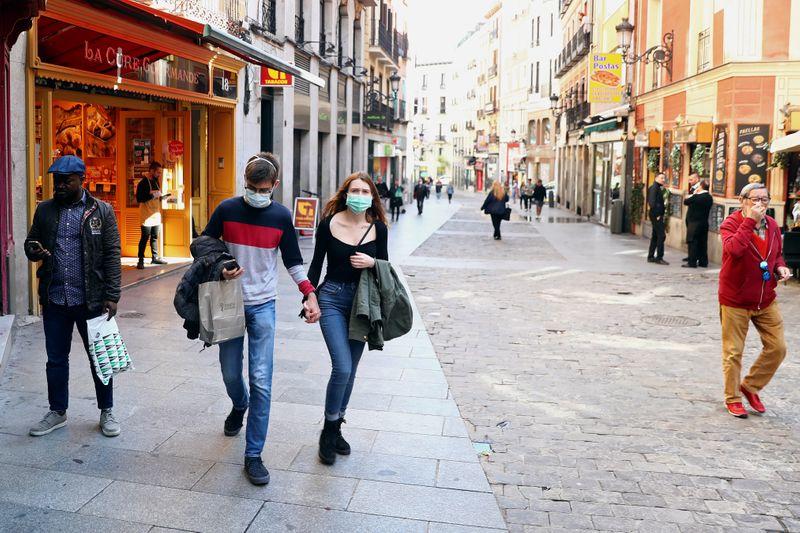 Citizenship by naturalization is granted not only based on the length of time, but also on the applicant’s involvement in the country’s social and economic life. The naturalized candidate demonstrates integration through employment, tax returns, and participation in educational, social, and cultural programs.
Citizenship by naturalization is granted not only based on the length of time, but also on the applicant’s involvement in the country’s social and economic life. The naturalized candidate demonstrates integration through employment, tax returns, and participation in educational, social, and cultural programs.
In Spain, the DELE A2 exam confirms basic language proficiency. Additionally, the CCSE test is conducted to assess knowledge of laws, traditions, history, and administrative structures. The applicant provides proof of income, employment contracts, work certificates, and tax returns.
Steps of the process: from the request to the passport
The process is a sequential chain of steps, each of which requires confirmation and official approval. Naturalization citizenship includes:
Obtaining a legal basis for residence — a visa, residence permit or permanent residence.
Accumulation of the required length of residence (for example, 10 years in Spain).
Collection and submission of documents: passport, certificate of non-criminal record, proof of income, lease or property agreement.
Passing a language and civil examination.
Background check, criminal record, tax and immigration history.
Interviews or additional checks are at the discretion of the migration authorities.
Taking the oath of allegiance to a new country.
Obtaining an ID card, passport, and full civil rights.
The financial side: sufficient income and no debts
Financial viability remains one of the key conditions for obtaining citizenship by naturalization by a foreigner. The State considers how much the applicant can provide for himself and not apply for social support. The Spanish authorities take into account:
- stable income at least below the minimum threshold;
- regular payment of taxes;
- no outstanding utility, administrative, or tax obligations.
For families with children, the requirements increase in proportion to the number of dependents.
Problematic factors: mistakes and risks when obtaining citizenship by naturalization
The naturalization process requires precision. Errors in the submission, lack of documents or non-compliance with the minimum criteria lead to a refusal. For example, undeclared trips can lead to a reset of the accumulated length of stay.
Common reasons for refusals:
- incomplete documents;
- lack of exams;
- criminal record;
- unreliable data;
- insufficient language level.
Naturalization citizenship requires careful attention to all the details. You can fix the error, but the re-process will take at least a year.
Features of citizenship by naturalization in Spain: a detailed analysis of the conditions and the process
Spain offers a path to citizenship through naturalization as a long-term but stable and predictable mechanism for legalization. The country’s legal system combines loyalty towards integrated residents with a high level of formalities. Each stage of the process requires proof of loyalty, inclusion, and compliance with the law.
Documents and conditions: what the Ministry of Internal Affairs checks
Naturalization citizenship in Spain involves not just a legal application, but a full background check, lifestyle assessment, and integration level. The list of mandatory conditions includes:
- stable income (availability of an employment contract, business or other source of financing);
- continuous residence (departures should not exceed 90 days per year or 6 months in total over the entire period);
- a positive tax history (tax returns, missing debts);
- a certificate of no criminal record from all countries where the applicant has lived in the last 5 years;
- a residence permit in Spain and proof of residence (rental agreement, bills, medical insurance);
- DELE A2 and CCSE certificates are exams that test knowledge of the Spanish language and the basics of the legal, political, and cultural system.
In addition to formal criteria, the candidate’s reputation is important, including feedback from employers, participation in local events, courses, and social activism.
Oath and renunciation of previous citizenship
The final stage is the signing of a solemn oath in front of a representative of the Ministry of Justice. From this moment on, the candidate becomes a legal Spanish citizen. The procedure is conducted in the local registry, where the candidate’s consent to the country’s constitutional order, loyalty to the Spanish nation, and renunciation of their previous citizenship are recorded.
However, Spain only allows dual citizenship with a select few countries, including most Latin American nations, as well as Portugal, the Philippines, and Andorra. For citizens of other countries, renouncing their previous citizenship is a mandatory requirement. Exceptions are allowed only if the refusal is officially prohibited by the laws of the country of origin.
Practical advice: how to get citizenship by naturalization without mistakes
Even if the length of stay coincides, an error in one of the points will delay the process for months. Recommendations:
- arrange official accommodation from the first day of entry;
- maintain stability of residence and income;
- take exams in advance;
- confirm integration by participating in local projects and courses;
- maintain an impeccable reputation;
- avoid even administrative offenses;
- keep copies of all migration documents.
Only if these conditions are met will the path be completed successfully.
Conclusion
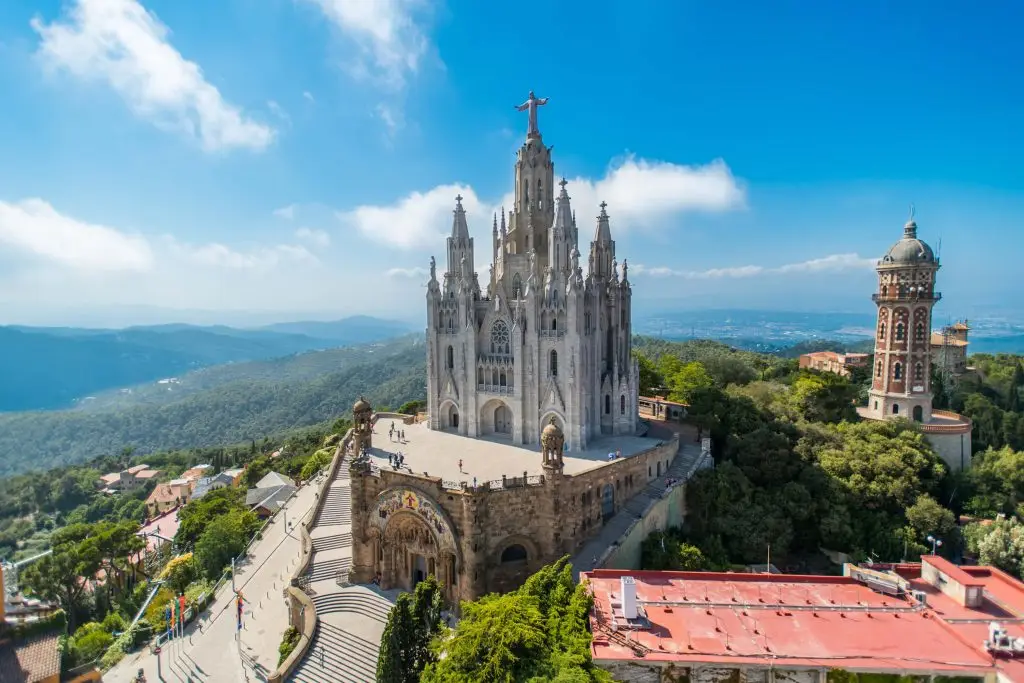 Naturalization citizenship remains a reliable but complex method of legalization. It requires patience, systematic approach, respect for the laws of the host country, and full adaptation to its rhythm. For those seeking to accelerate the process, investments in real estate or business offer an alternative. However, citizenship is not just a document; it is a reflection of one’s genuine contribution to society, respect for its norms, and appreciation of its history.
Naturalization citizenship remains a reliable but complex method of legalization. It requires patience, systematic approach, respect for the laws of the host country, and full adaptation to its rhythm. For those seeking to accelerate the process, investments in real estate or business offer an alternative. However, citizenship is not just a document; it is a reflection of one’s genuine contribution to society, respect for its norms, and appreciation of its history.

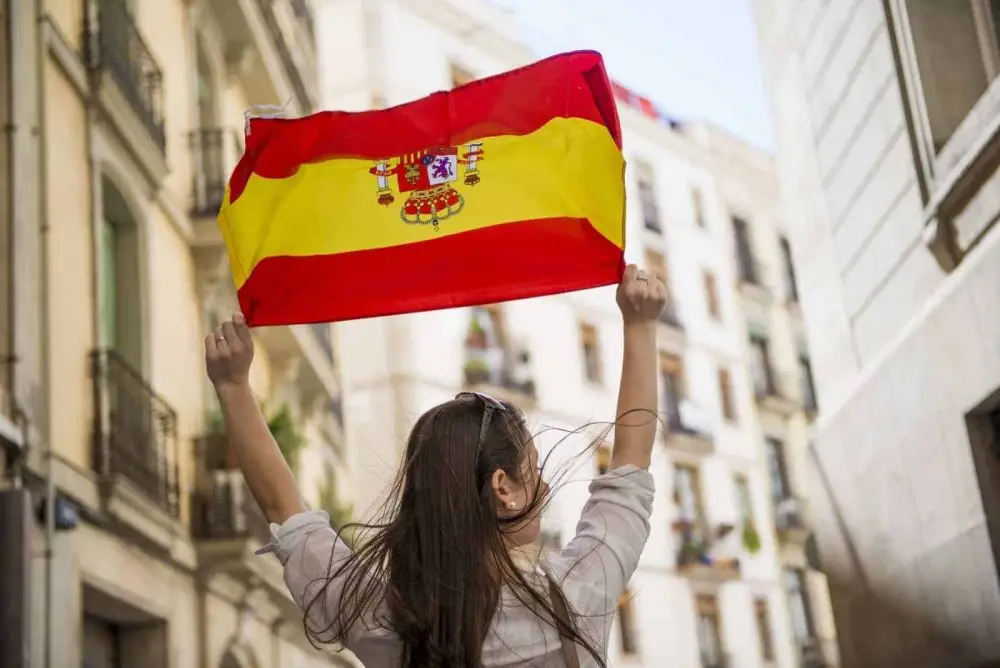
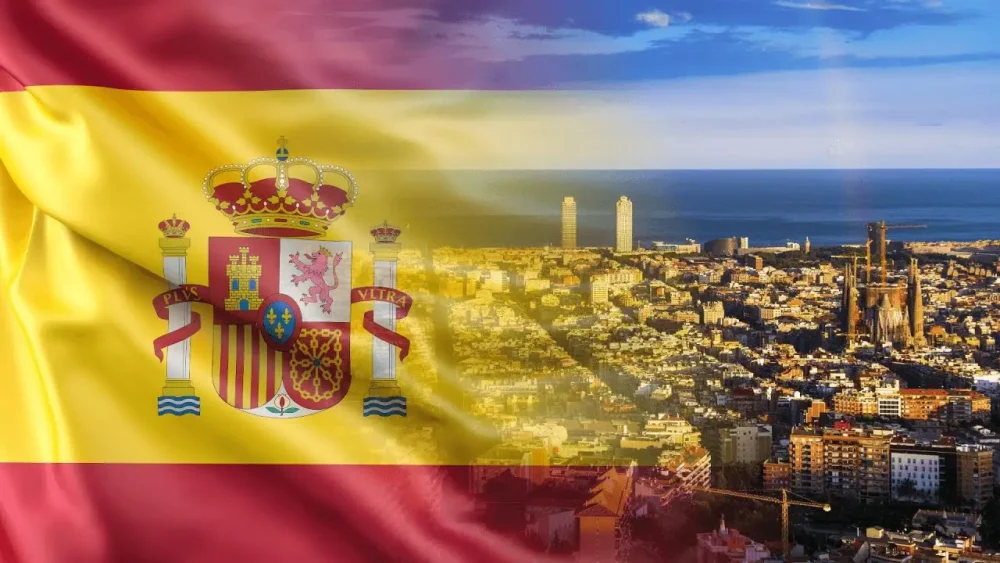
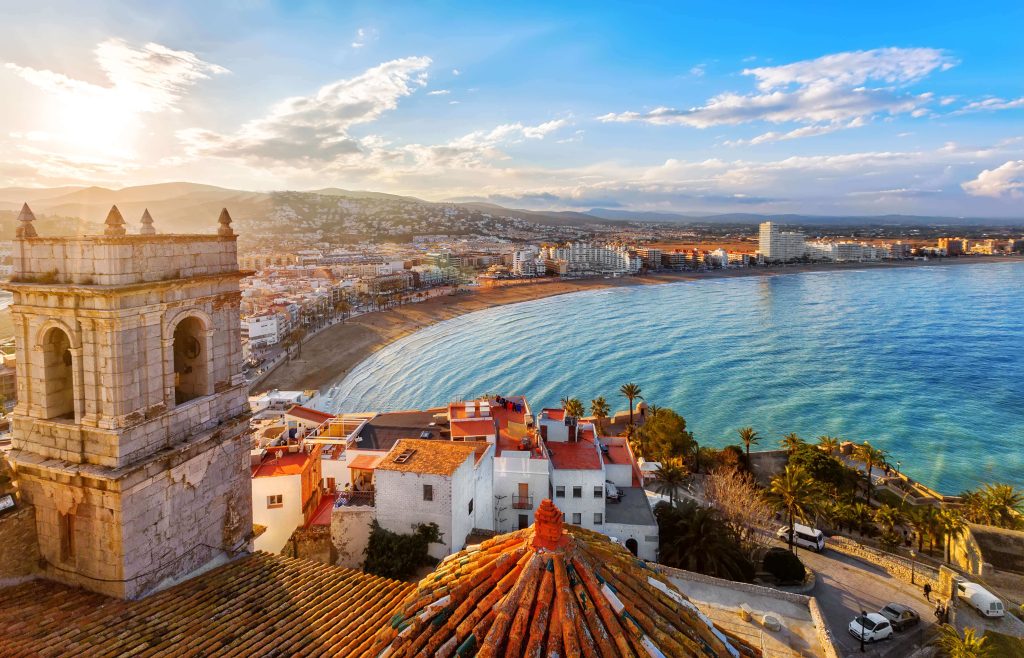 Las diferencias legales entre la residencia temporal y la residencia permanente se notan especialmente en el acceso a los sistemas estatales, la libertad de acción y la posibilidad de participar en la vida del país al igual que los ciudadanos.
Las diferencias legales entre la residencia temporal y la residencia permanente se notan especialmente en el acceso a los sistemas estatales, la libertad de acción y la posibilidad de participar en la vida del país al igual que los ciudadanos.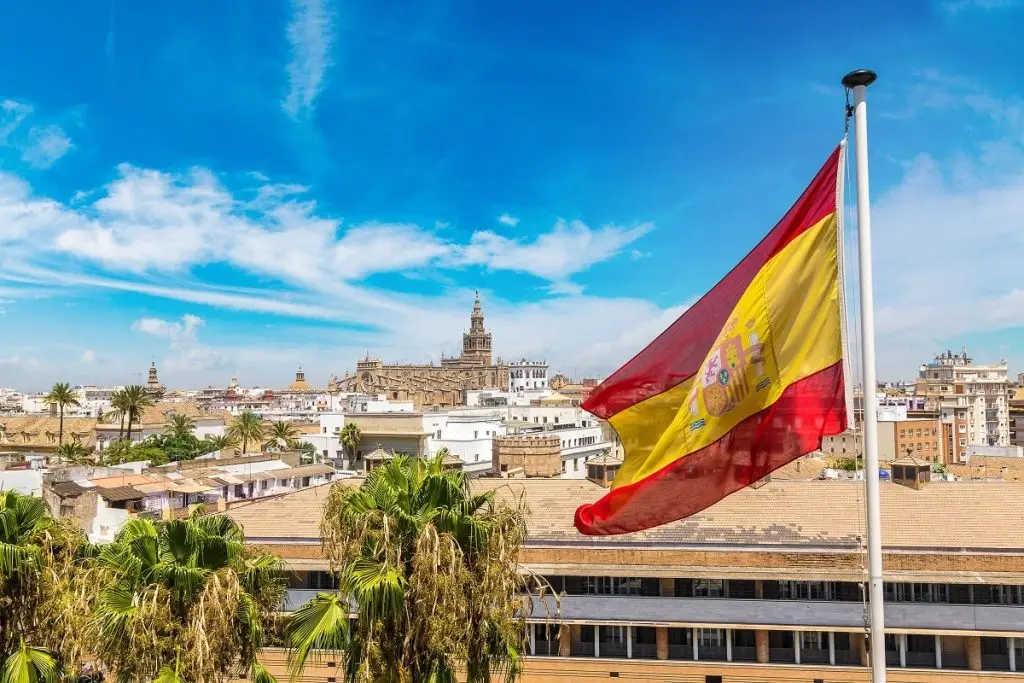 La elección entre el estatus temporal y permanente no es una simple cuestión formal. Es una decisión estratégica. Las diferencias entre la residencia temporal y la residencia permanente afectan a todos los aspectos de la vida: desde la matriculación escolar de los hijos hasta la posibilidad de abrir una cuenta bancaria. Un error al principio puede prolongarse durante años. Un enfoque bien pensado acelera el camino hacia la estabilidad y la libertad.
La elección entre el estatus temporal y permanente no es una simple cuestión formal. Es una decisión estratégica. Las diferencias entre la residencia temporal y la residencia permanente afectan a todos los aspectos de la vida: desde la matriculación escolar de los hijos hasta la posibilidad de abrir una cuenta bancaria. Un error al principio puede prolongarse durante años. Un enfoque bien pensado acelera el camino hacia la estabilidad y la libertad.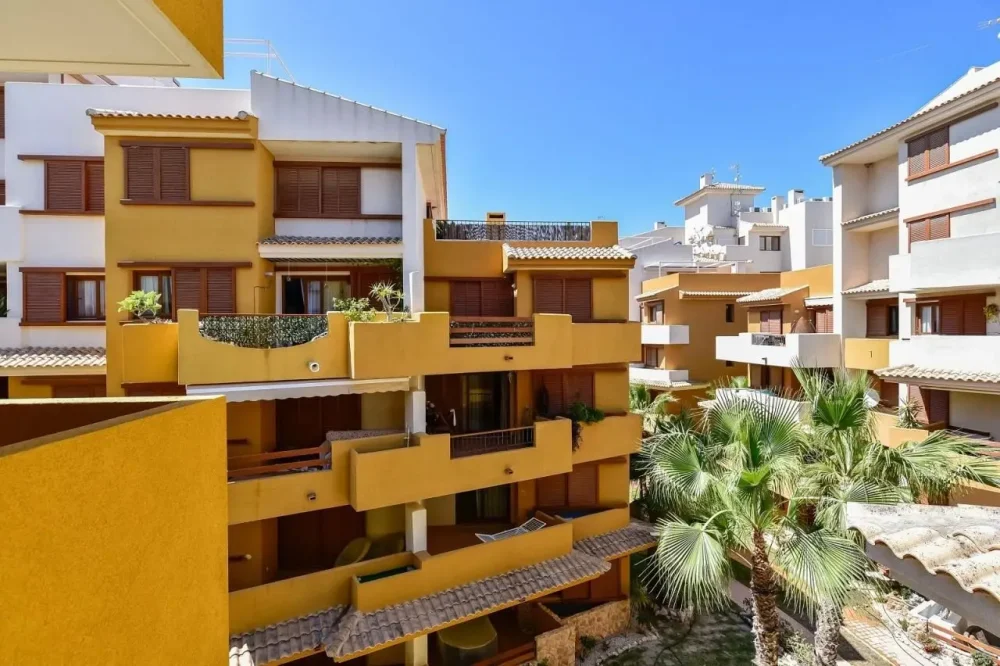
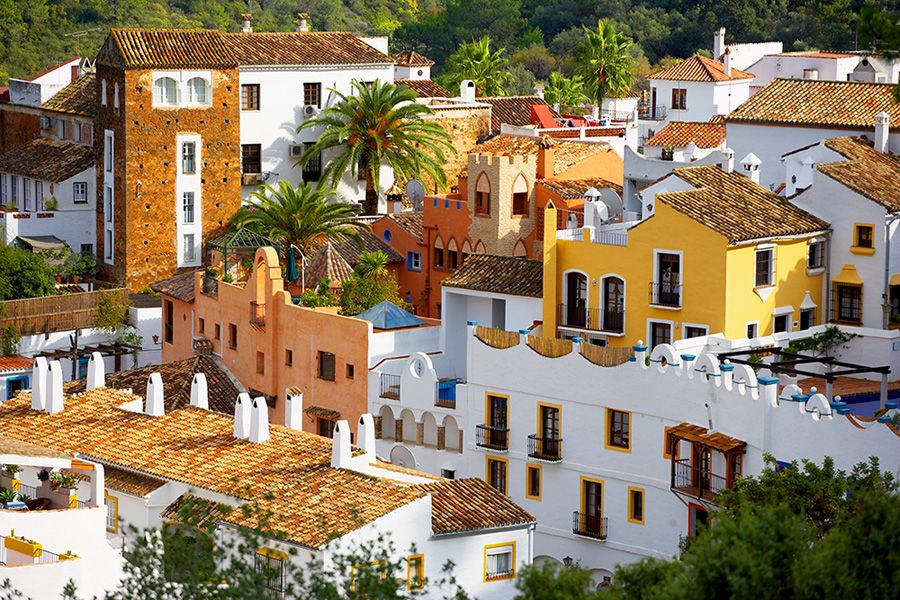 Investing in overseas commercial property creates multiple layers of protection and builds capital through mechanisms not available locally. The strategy of the long-term game is formed not on expectations, but on proven patterns of markets.
Investing in overseas commercial property creates multiple layers of protection and builds capital through mechanisms not available locally. The strategy of the long-term game is formed not on expectations, but on proven patterns of markets.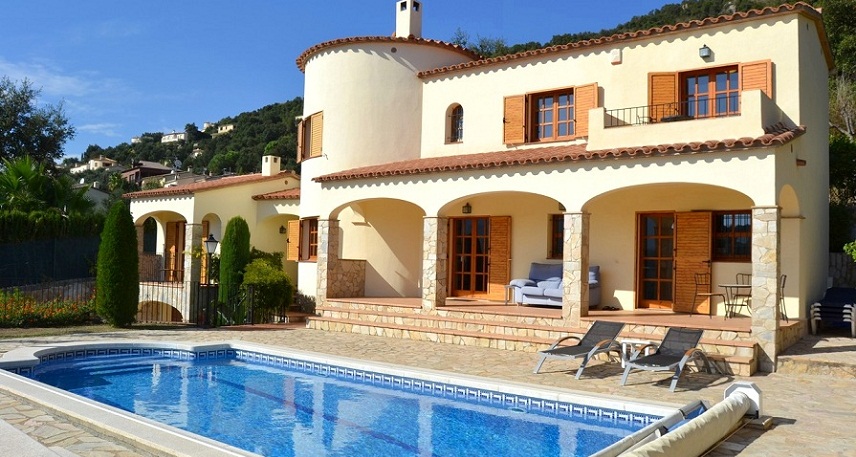 The pros of investing in overseas commercial property create a strategic advantage in a world of unstable economies. Spain today offers not just facilities, but freedom. Financial, personal, geographical. Investing abroad is becoming more than a financial decision – it is a conscious choice in favour of a secure future.
The pros of investing in overseas commercial property create a strategic advantage in a world of unstable economies. Spain today offers not just facilities, but freedom. Financial, personal, geographical. Investing abroad is becoming more than a financial decision – it is a conscious choice in favour of a secure future.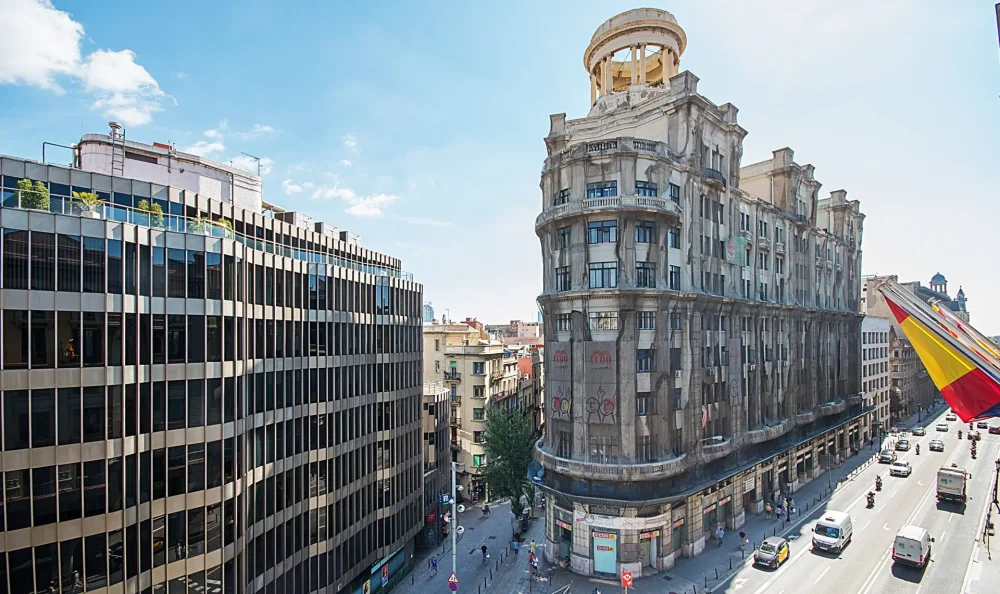
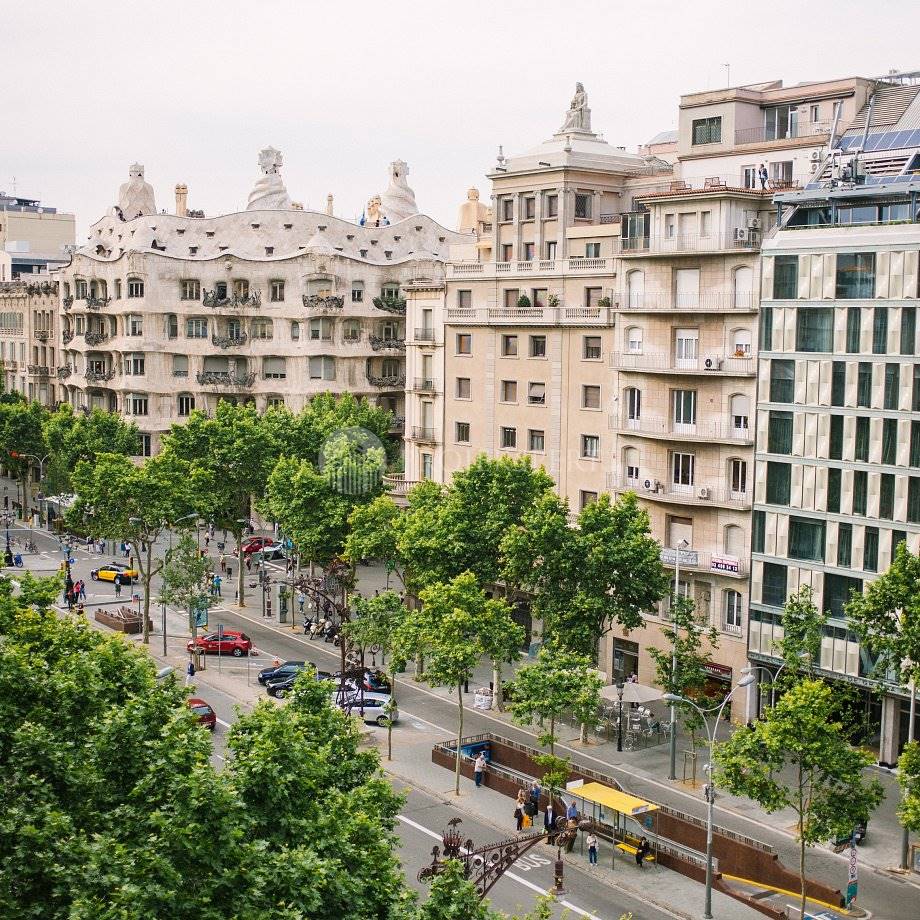 Barcelona unites residents from more than 160 countries. The neighbourhoods of Eixample, Poble Sec, and Gracia are not just neighbourhoods, but cultural mosaics. The multicultural environment of the capital creates conditions for flexible adaptation, especially with basic knowledge of English.
Barcelona unites residents from more than 160 countries. The neighbourhoods of Eixample, Poble Sec, and Gracia are not just neighbourhoods, but cultural mosaics. The multicultural environment of the capital creates conditions for flexible adaptation, especially with basic knowledge of English.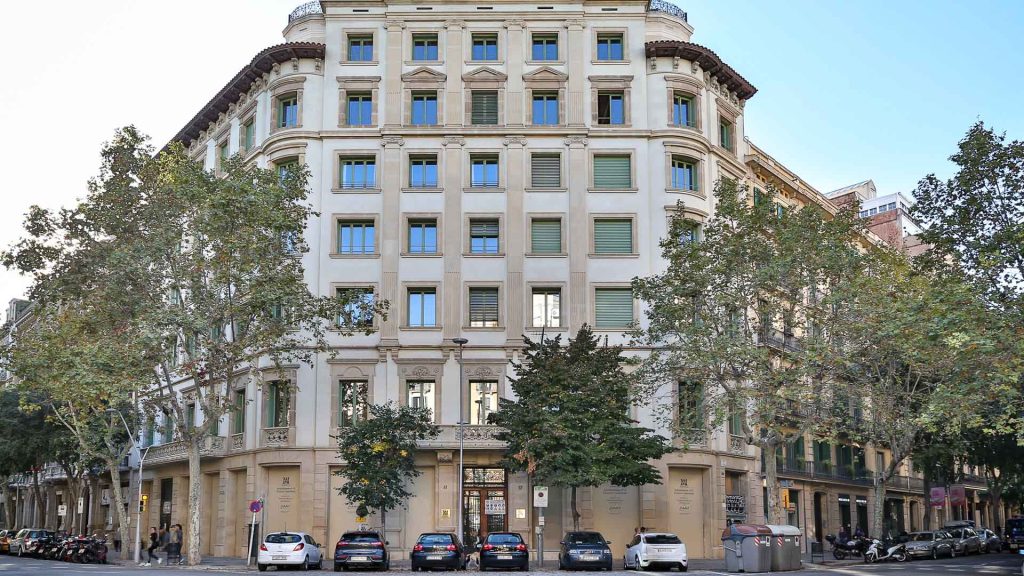 The pros and cons of living in Barcelona form a contradictory but colourful picture. The city is suitable for those who appreciate freedom, sunshine and culture, and are willing to put up with bureaucracy for the sake of a high quality of life and sustainable rental income. Buying property in the capital requires calculation, analysing the neighbourhoods and understanding the local rhythm.
The pros and cons of living in Barcelona form a contradictory but colourful picture. The city is suitable for those who appreciate freedom, sunshine and culture, and are willing to put up with bureaucracy for the sake of a high quality of life and sustainable rental income. Buying property in the capital requires calculation, analysing the neighbourhoods and understanding the local rhythm.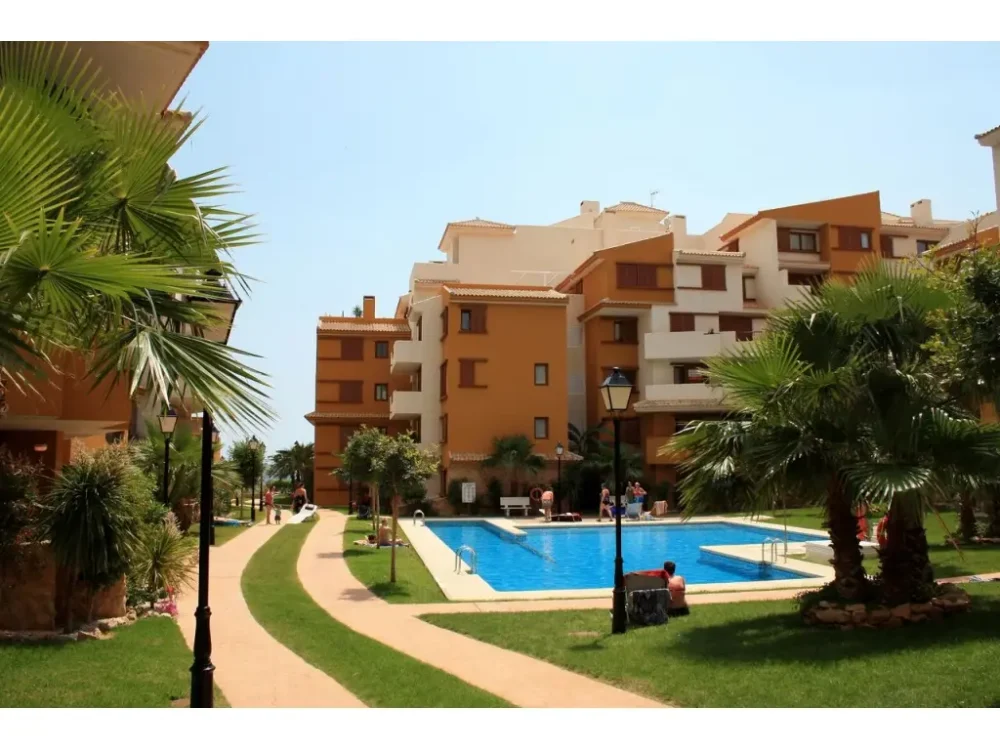
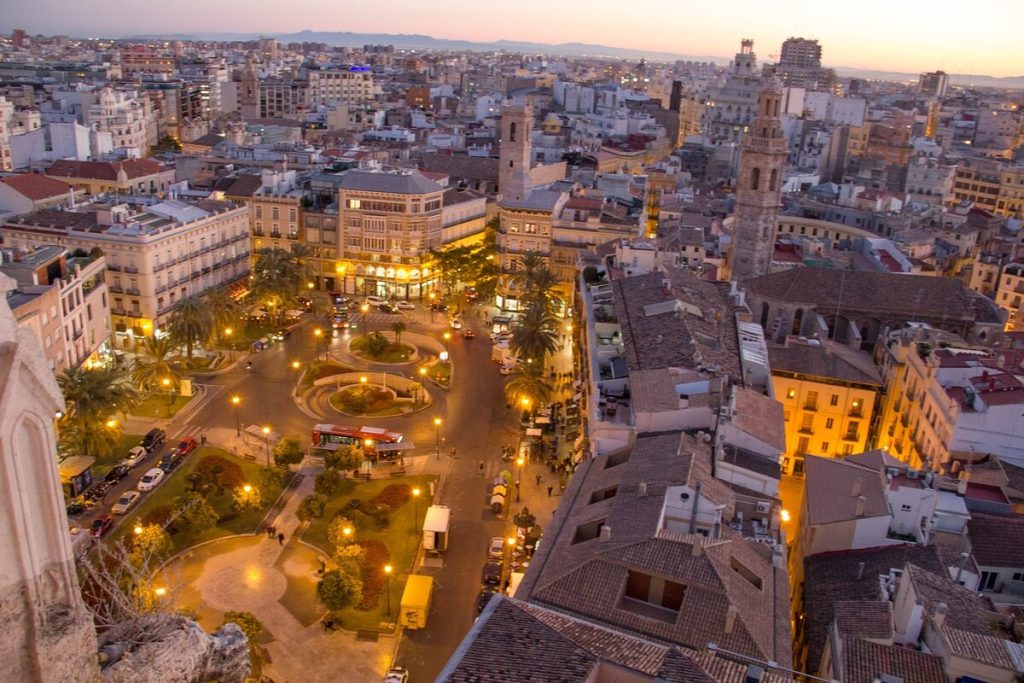 The cost of living in Valencia remains an important factor in the decision to move, so it’s worth considering all aspects.
The cost of living in Valencia remains an important factor in the decision to move, so it’s worth considering all aspects.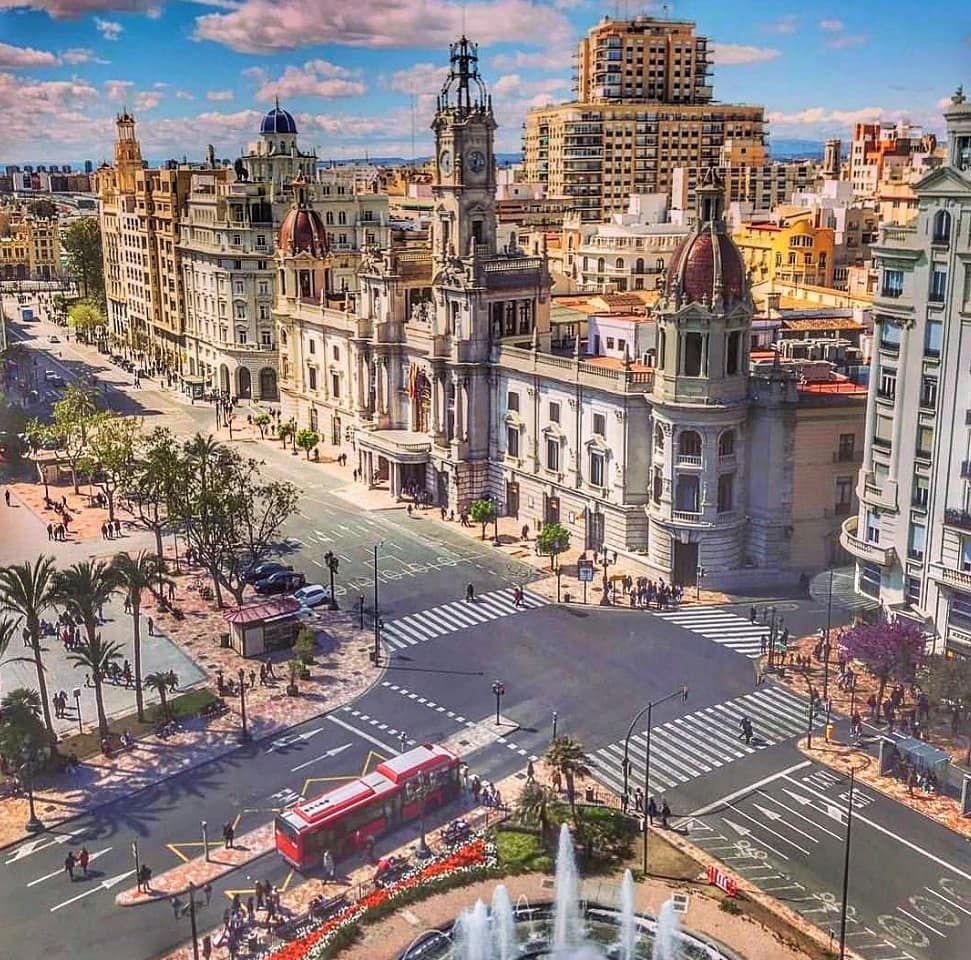 The cost of living in Valencia as of 2025 remains attractive and favourable compared to other major European cities. High quality social services, affordable prices and favourable conditions for different categories of residents make the region an excellent choice for relocation and investment.
The cost of living in Valencia as of 2025 remains attractive and favourable compared to other major European cities. High quality social services, affordable prices and favourable conditions for different categories of residents make the region an excellent choice for relocation and investment.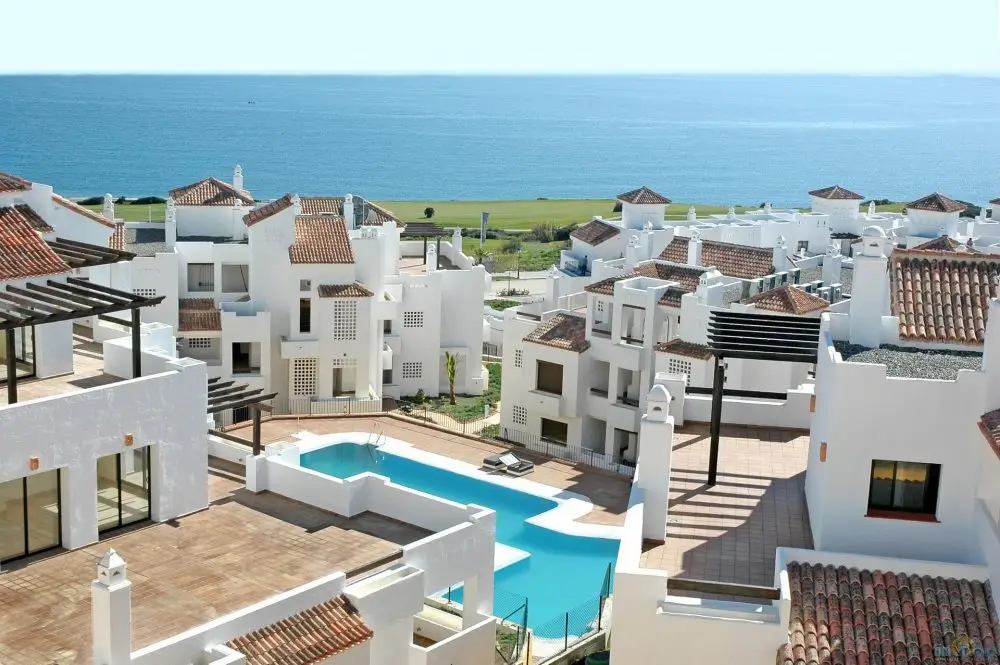
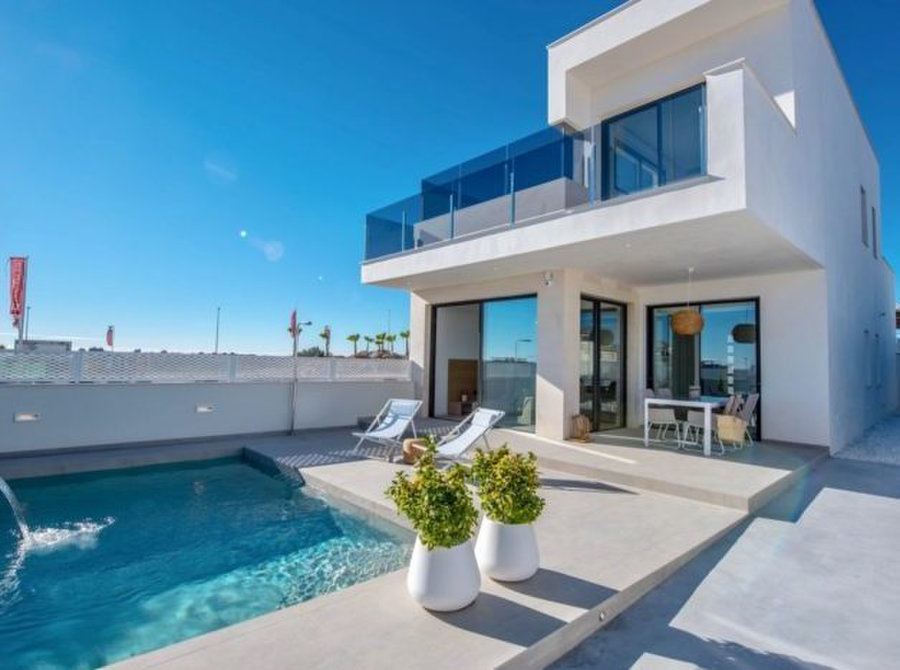 Active infrastructure development, increased tourist traffic and a favourable climate are contributing to further growth in the property market. The Spanish government and local authorities are actively investing in the development of transport and social systems, which increases the attractiveness of the regions for foreign investors. Expert forecasts confirm that the value of objects on the coast of Spain may increase by 5-10% in the next 5 years, which makes this market particularly promising for the formation of portfolios.
Active infrastructure development, increased tourist traffic and a favourable climate are contributing to further growth in the property market. The Spanish government and local authorities are actively investing in the development of transport and social systems, which increases the attractiveness of the regions for foreign investors. Expert forecasts confirm that the value of objects on the coast of Spain may increase by 5-10% in the next 5 years, which makes this market particularly promising for the formation of portfolios.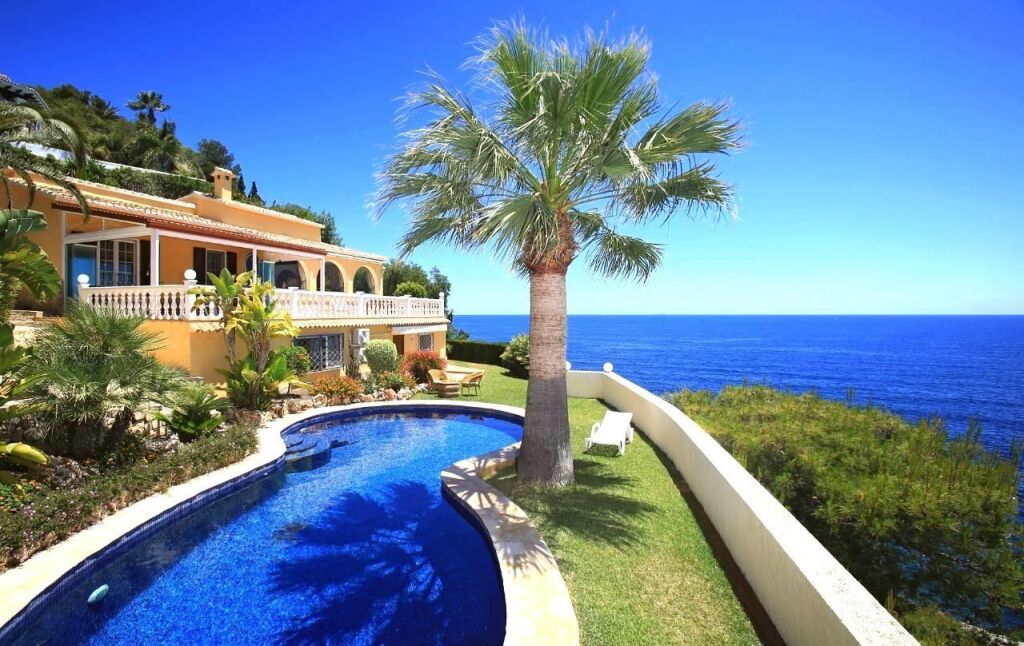 Buying property on the Spanish coast provides stable capital growth and high rental income due to favourable climatic conditions, developed infrastructure and legislative support. Practical examples of successful transactions and analytical calculations confirm that investing in this market remains a profitable and promising direction. It is recommended to take into account all factors, conduct thorough analyses, use professional advice and be guided by price growth data and tax conditions.
Buying property on the Spanish coast provides stable capital growth and high rental income due to favourable climatic conditions, developed infrastructure and legislative support. Practical examples of successful transactions and analytical calculations confirm that investing in this market remains a profitable and promising direction. It is recommended to take into account all factors, conduct thorough analyses, use professional advice and be guided by price growth data and tax conditions.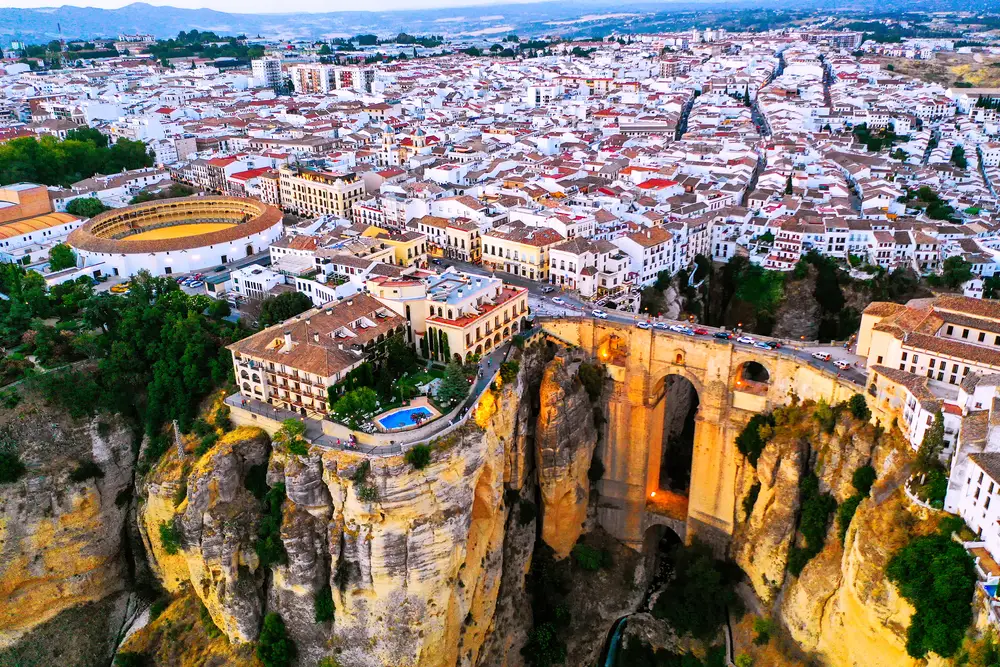
 The sale of flats and houses on the peninsula is subject to capital gains tax (CGT). The rate is progressive for residents:
The sale of flats and houses on the peninsula is subject to capital gains tax (CGT). The rate is progressive for residents: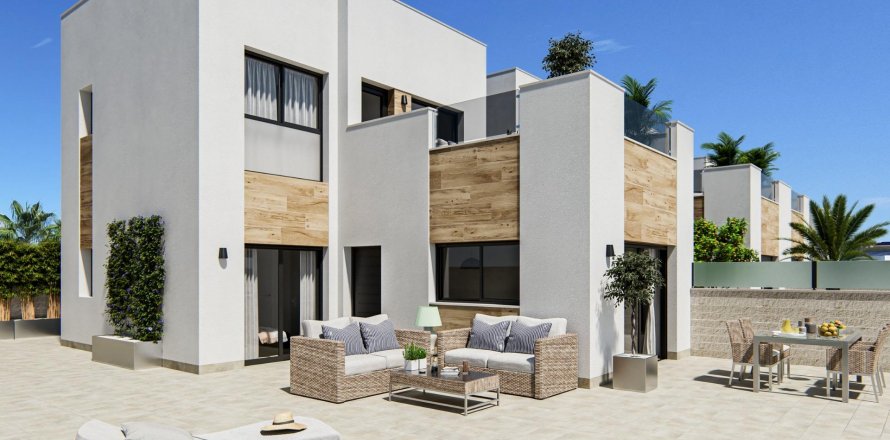 Effective management of tax liabilities is an integral part of any investment strategy. Utilising tax incentives, proper asset allocation and timely payment of all compulsory levies can not only reduce costs, but also avoid penalties.
Effective management of tax liabilities is an integral part of any investment strategy. Utilising tax incentives, proper asset allocation and timely payment of all compulsory levies can not only reduce costs, but also avoid penalties.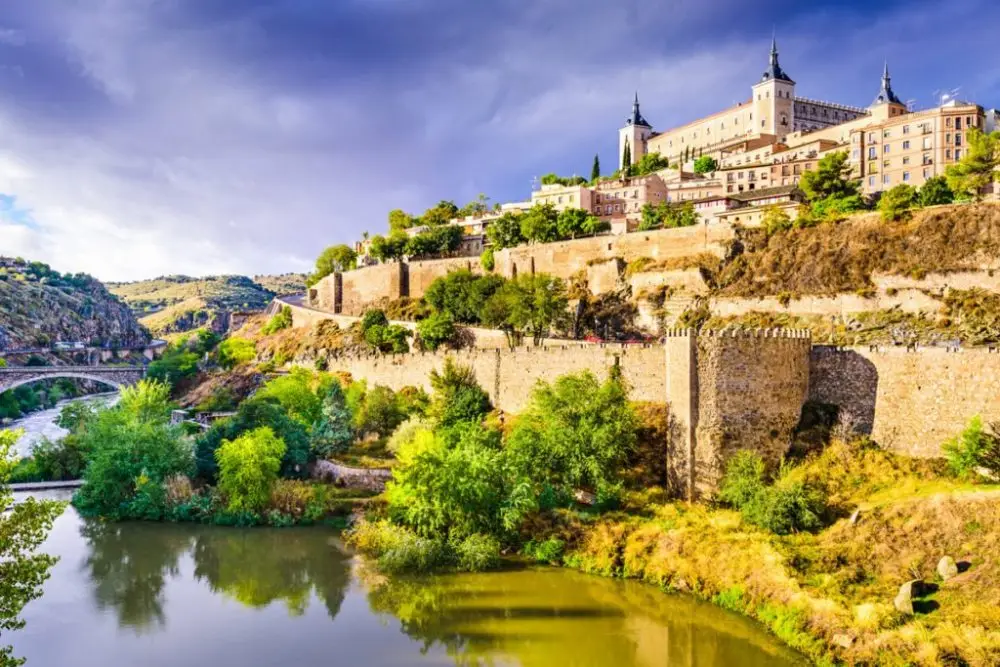
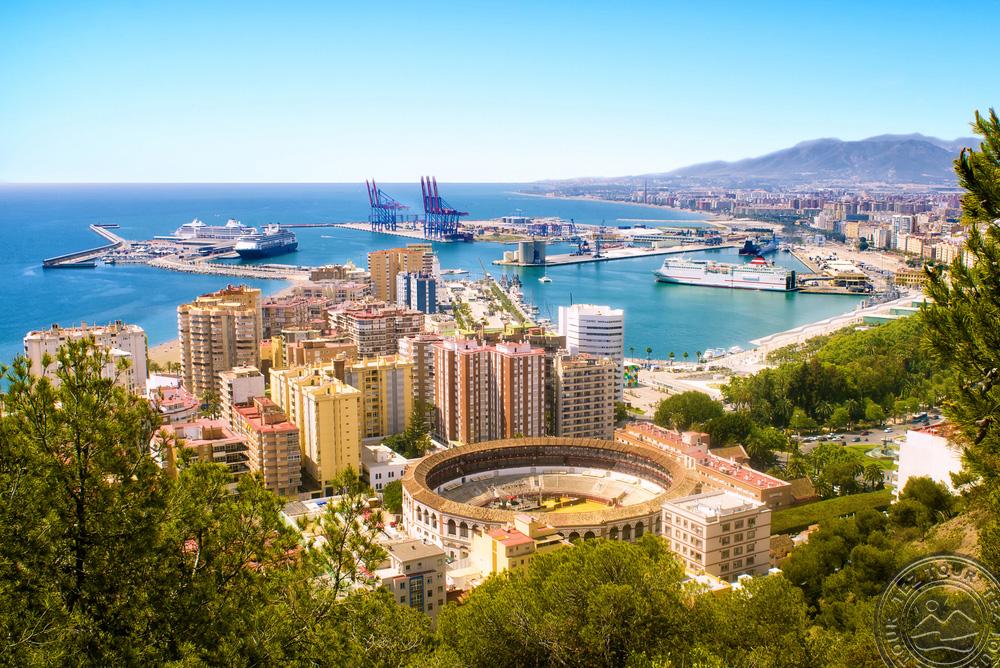 Obtaining permanent residence is the final stage, which requires fulfilment of several mandatory conditions. In order to understand how to move to Spain for permanent residence, it is necessary to take into account that the process takes at least five years and involves the fulfilment of a number of formalities:
Obtaining permanent residence is the final stage, which requires fulfilment of several mandatory conditions. In order to understand how to move to Spain for permanent residence, it is necessary to take into account that the process takes at least five years and involves the fulfilment of a number of formalities: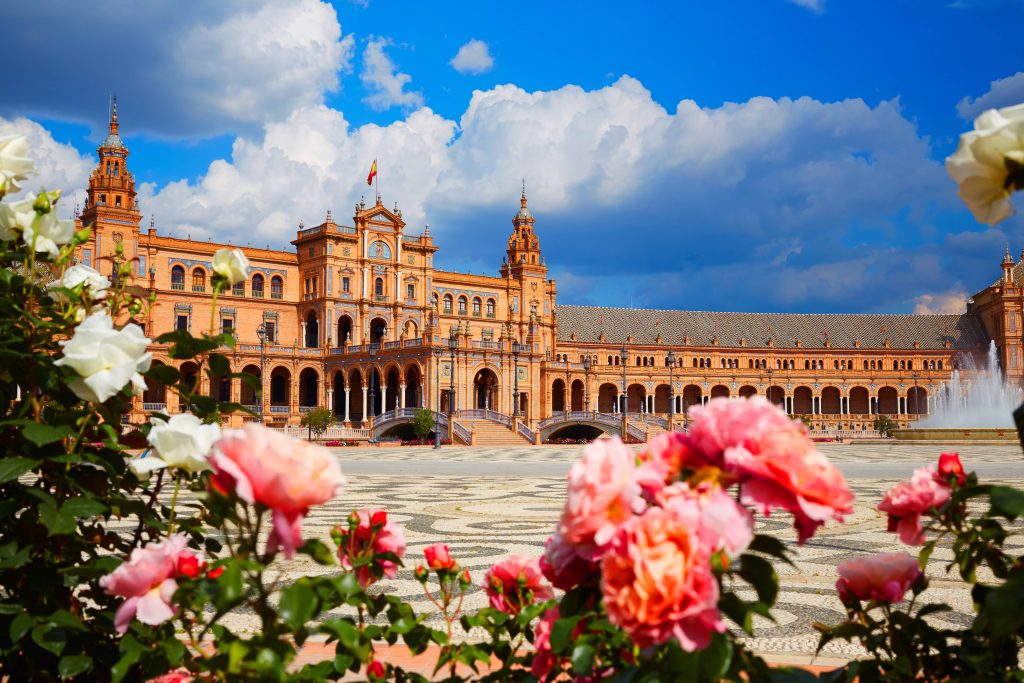 How to move to Spain for permanent residence? It is necessary to choose the best way to obtain a residence permit, prepare documents, calculate the budget and decide on the region. The country offers a lot of opportunities for a quality life, but success depends on careful preparation and adaptation to local conditions.
How to move to Spain for permanent residence? It is necessary to choose the best way to obtain a residence permit, prepare documents, calculate the budget and decide on the region. The country offers a lot of opportunities for a quality life, but success depends on careful preparation and adaptation to local conditions.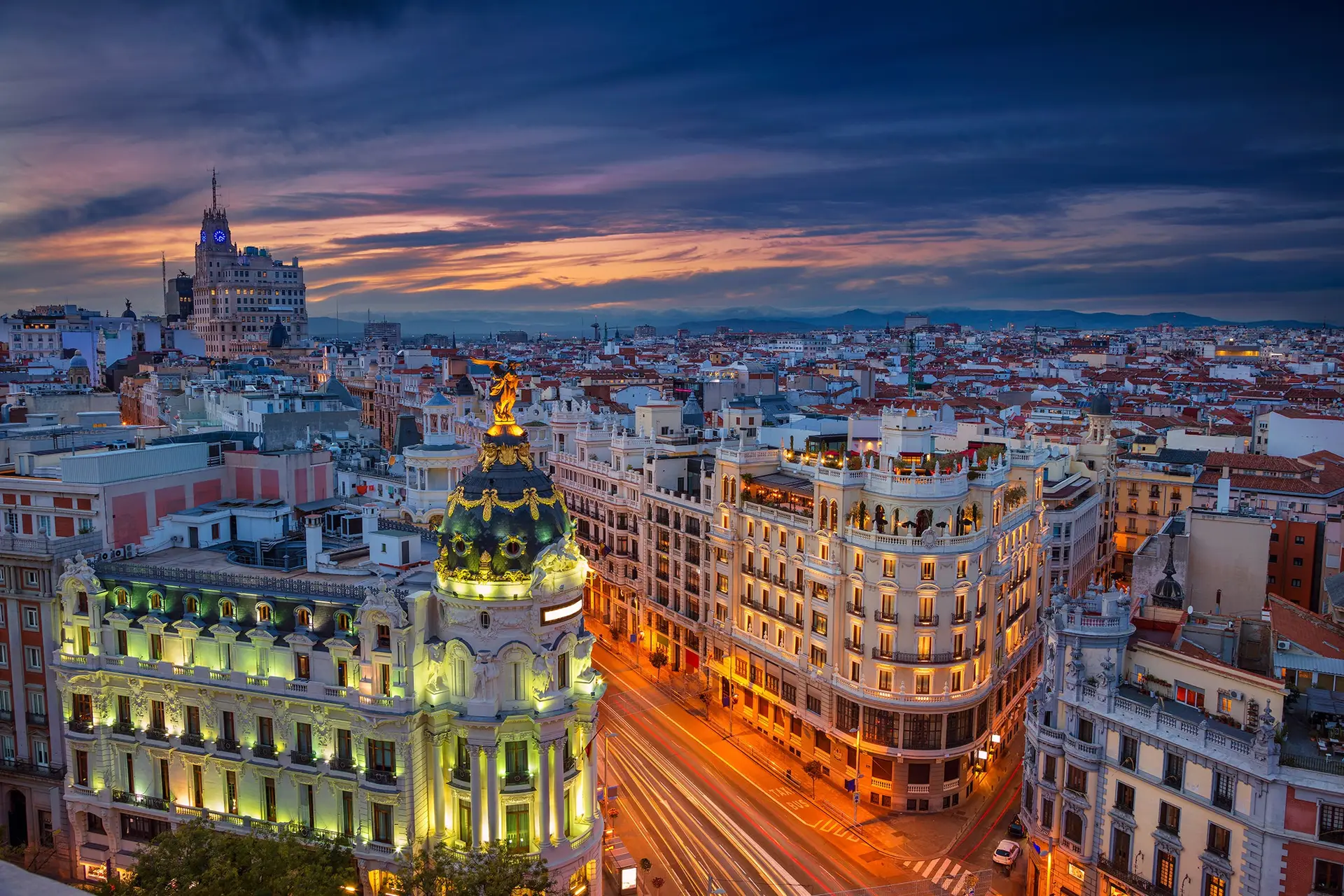
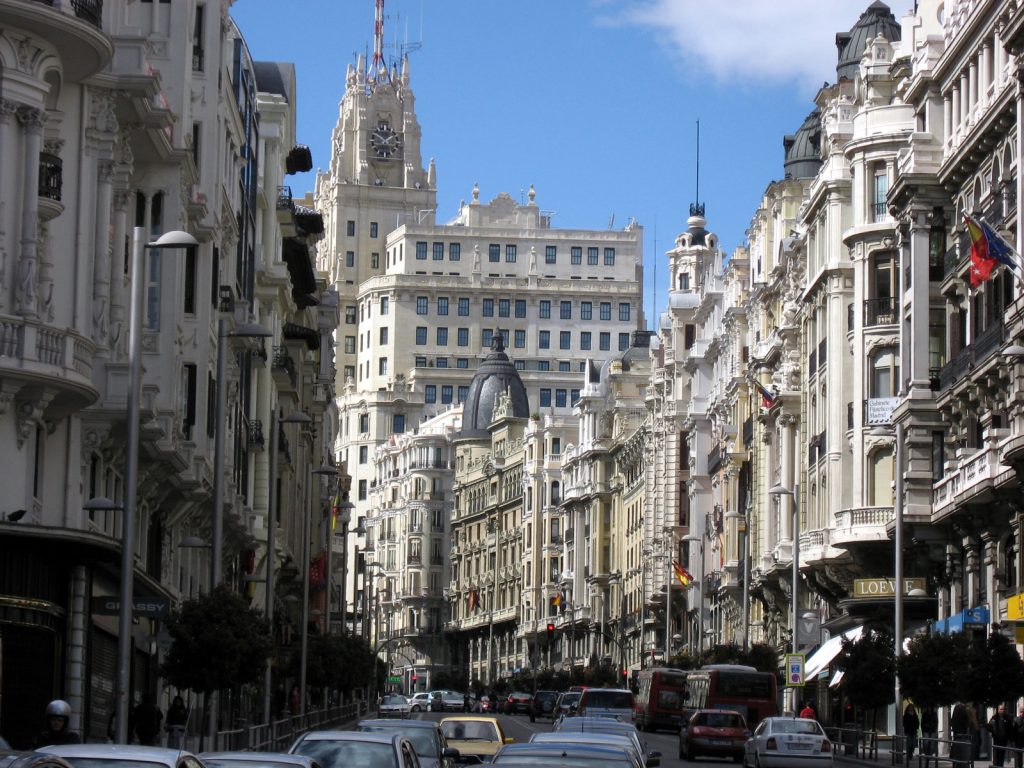 The property market in Madrid has its advantages and disadvantages. All aspects of the buying process must be considered in order to make an informed decision.
The property market in Madrid has its advantages and disadvantages. All aspects of the buying process must be considered in order to make an informed decision.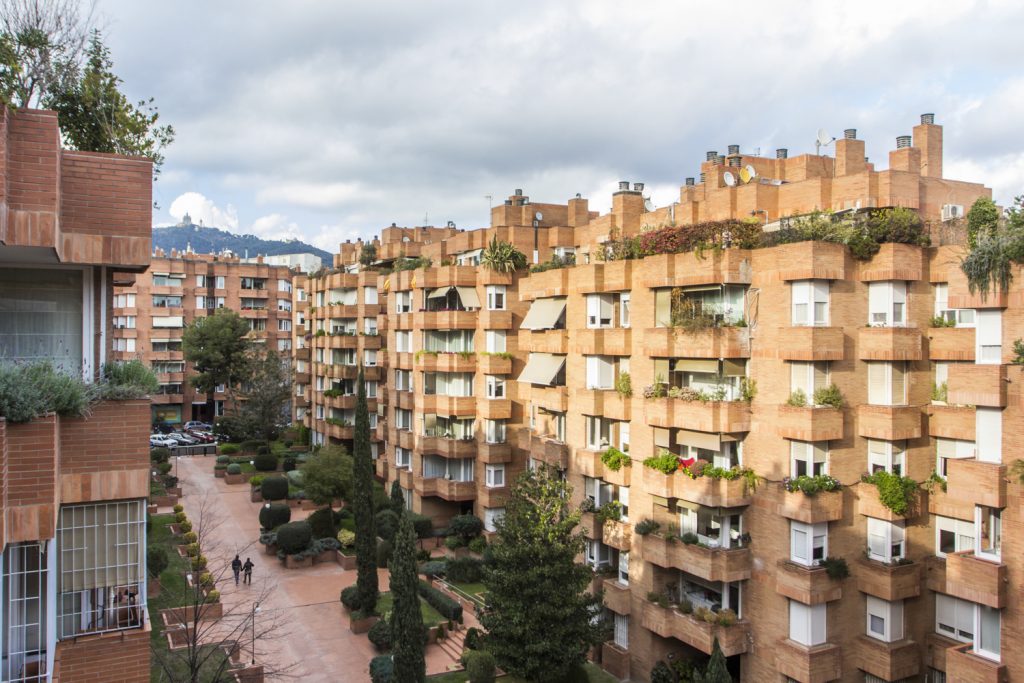 Buying property in Madrid is an investment that offers great opportunities for life and business. The Spanish capital offers a variety of properties, a stable market and a high quality of life. To understand how to buy property in Madrid, you need to follow a clear plan of action:
Buying property in Madrid is an investment that offers great opportunities for life and business. The Spanish capital offers a variety of properties, a stable market and a high quality of life. To understand how to buy property in Madrid, you need to follow a clear plan of action: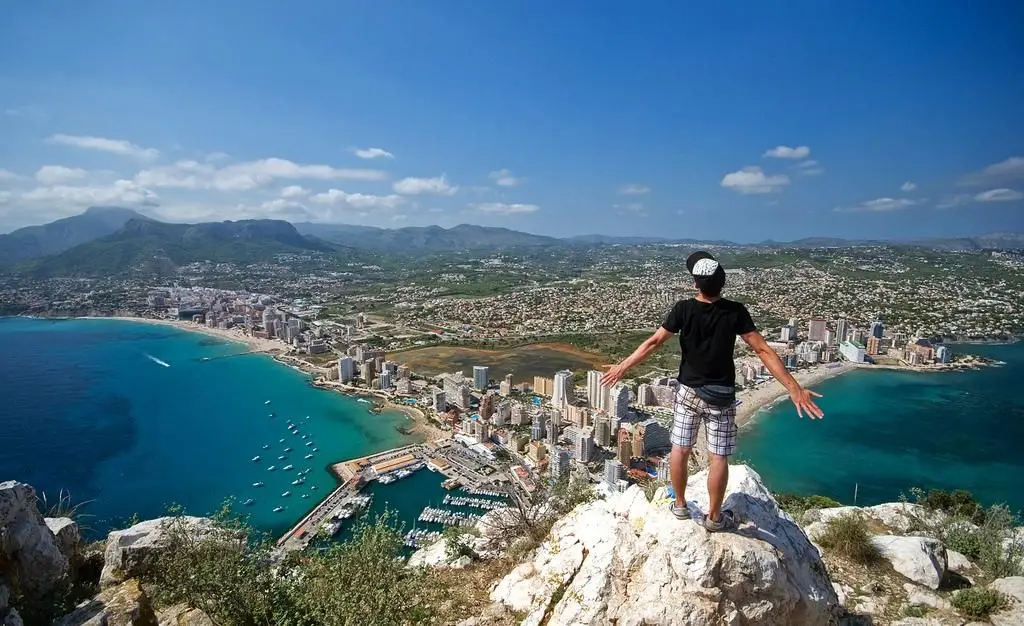
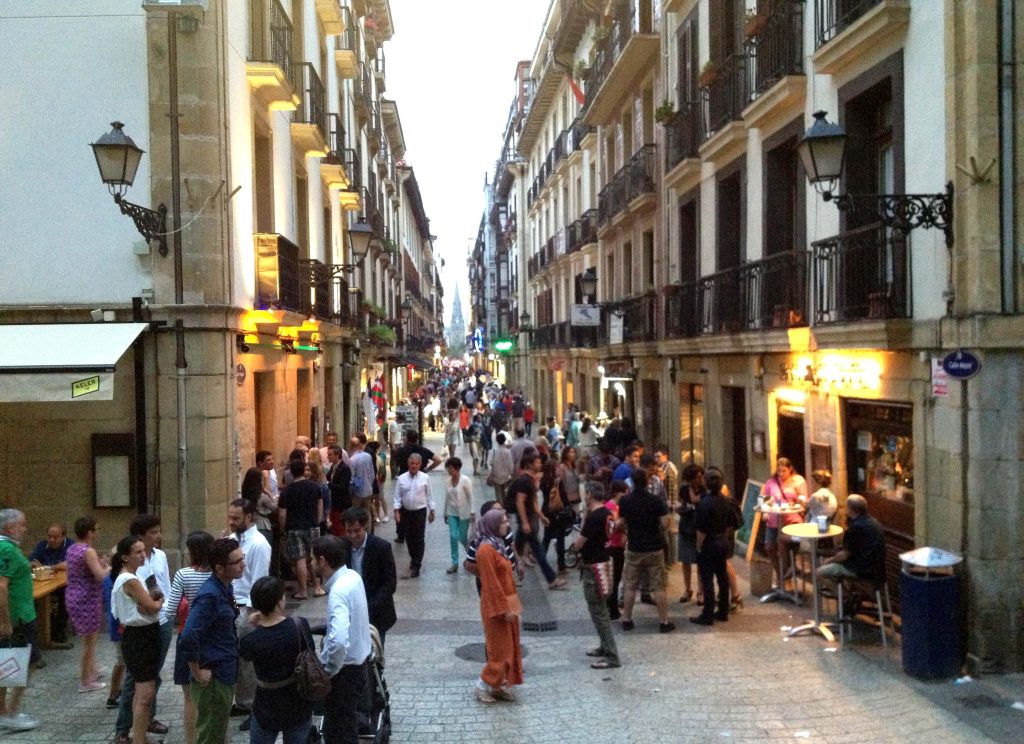 Spain isn’t just about beaches and sightseeing. The perks of life include a developed infrastructure, quality medicine and a high level of security.
Spain isn’t just about beaches and sightseeing. The perks of life include a developed infrastructure, quality medicine and a high level of security.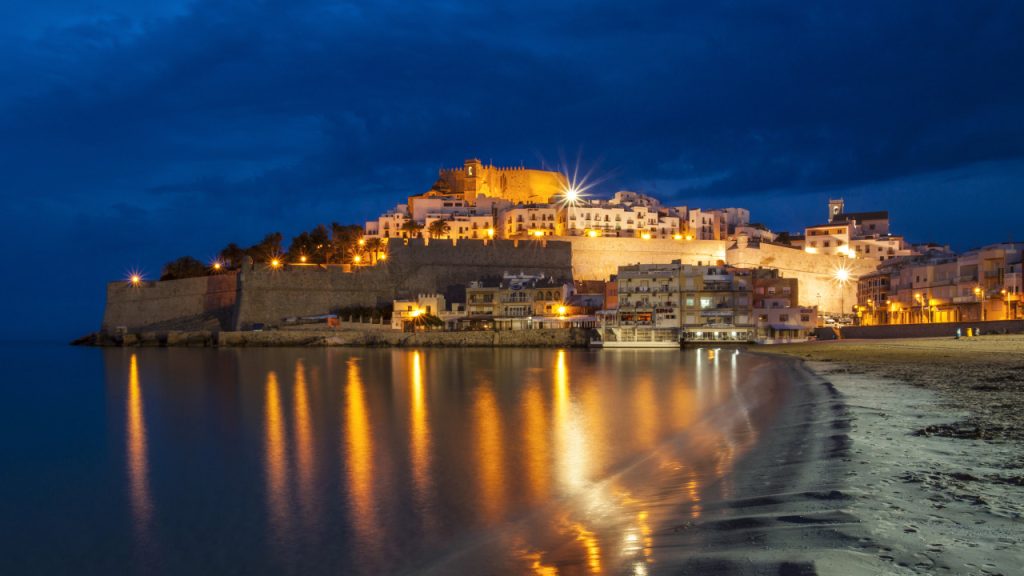 The advantages of living in Spain for Russians are obvious: a stable climate, quality medicine, a safe life and prospects for children. The country offers a unique combination of a European standard of living and a warm southern atmosphere. But the difficulties of adaptation, bureaucracy and high housing costs can be a serious challenge.
The advantages of living in Spain for Russians are obvious: a stable climate, quality medicine, a safe life and prospects for children. The country offers a unique combination of a European standard of living and a warm southern atmosphere. But the difficulties of adaptation, bureaucracy and high housing costs can be a serious challenge.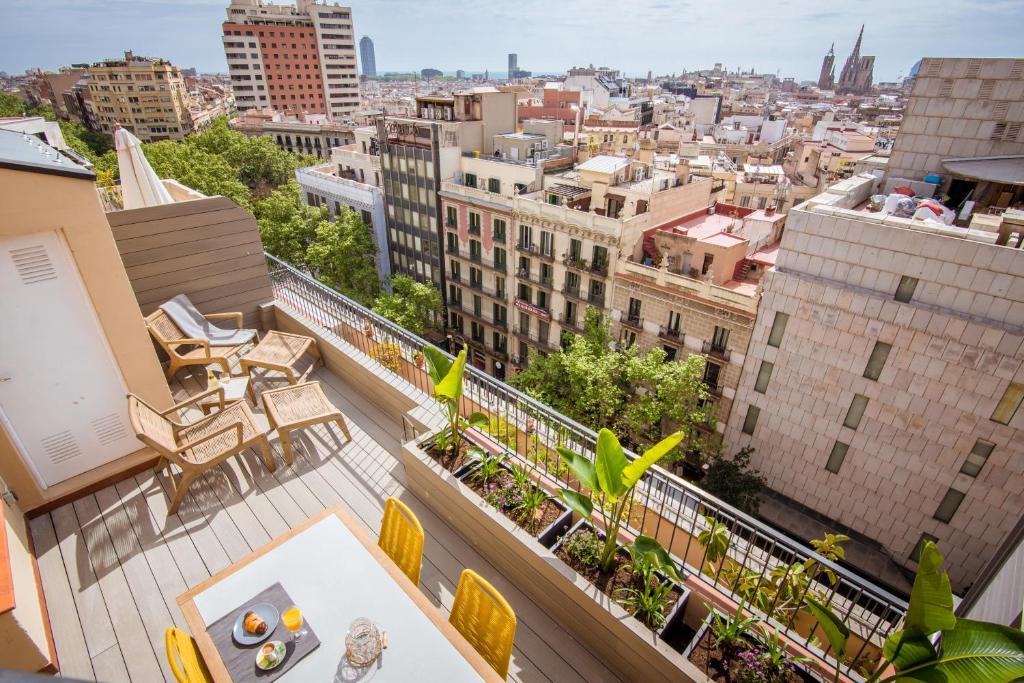
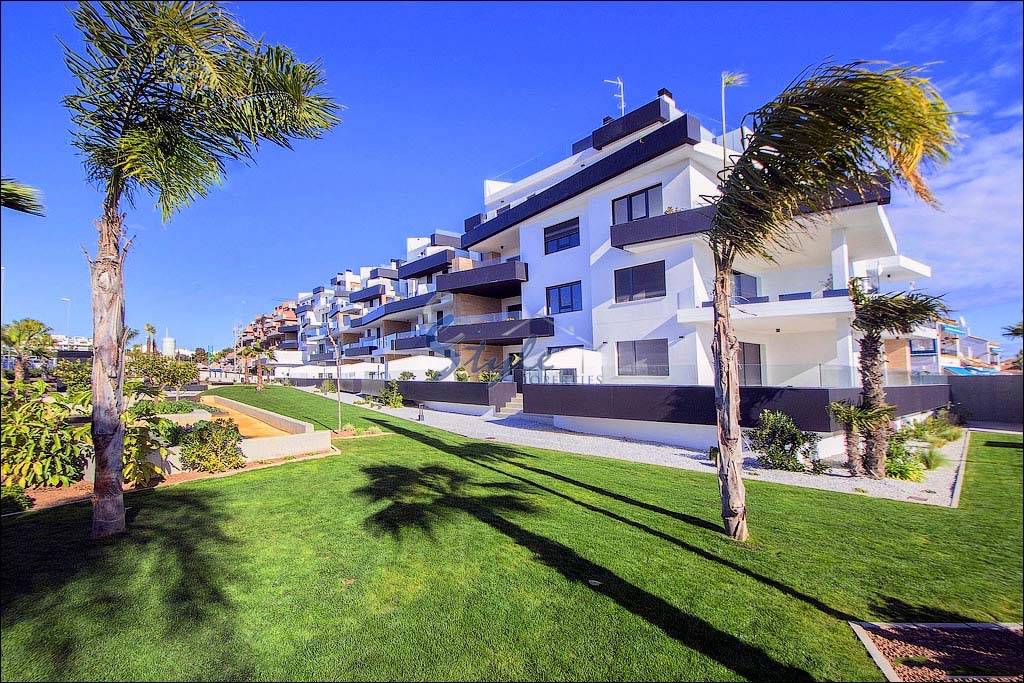 If you want to live in a cultural and dynamic atmosphere, Barcelona is the perfect choice. The cost of housing here will be higher, but you will have access to unique cultural events, a stunning climate and a well-developed infrastructure. The price per square metre in Barcelona varies from 3500 to 6000 euros in the centre.
If you want to live in a cultural and dynamic atmosphere, Barcelona is the perfect choice. The cost of housing here will be higher, but you will have access to unique cultural events, a stunning climate and a well-developed infrastructure. The price per square metre in Barcelona varies from 3500 to 6000 euros in the centre.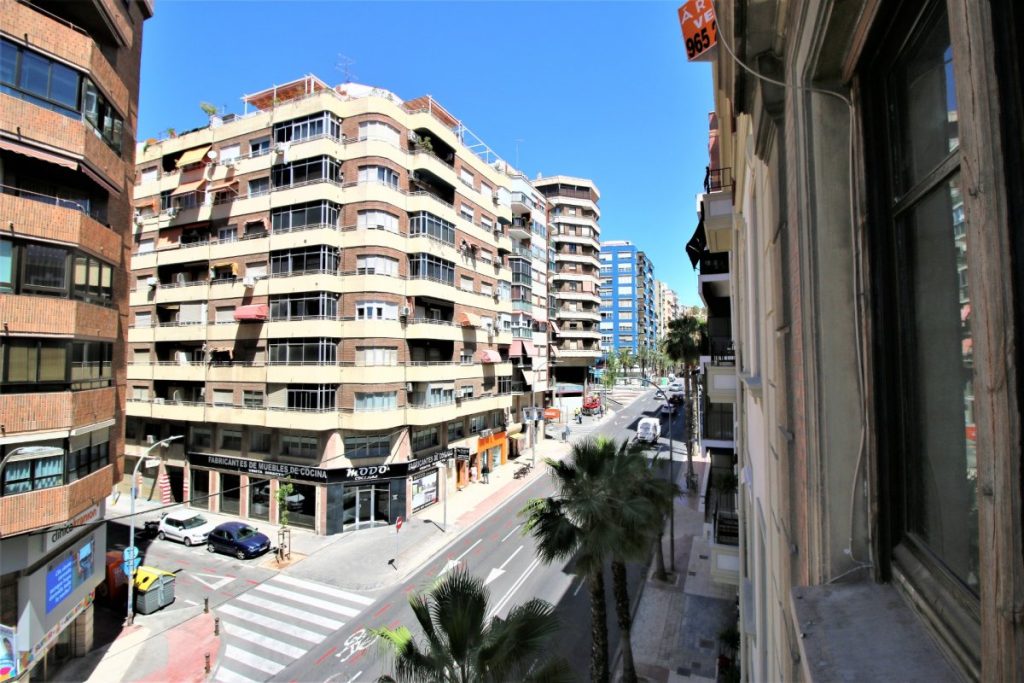 Buying a flat in Spain is easy if you do it responsibly. Take into account all the steps, from choosing a region to arranging a mortgage, and do not forget about the legal aspects. Following the step-by-step plan, you will not only be able to choose a suitable home, but also to make a profitable purchase, which will bring pleasure and financial stability.
Buying a flat in Spain is easy if you do it responsibly. Take into account all the steps, from choosing a region to arranging a mortgage, and do not forget about the legal aspects. Following the step-by-step plan, you will not only be able to choose a suitable home, but also to make a profitable purchase, which will bring pleasure and financial stability.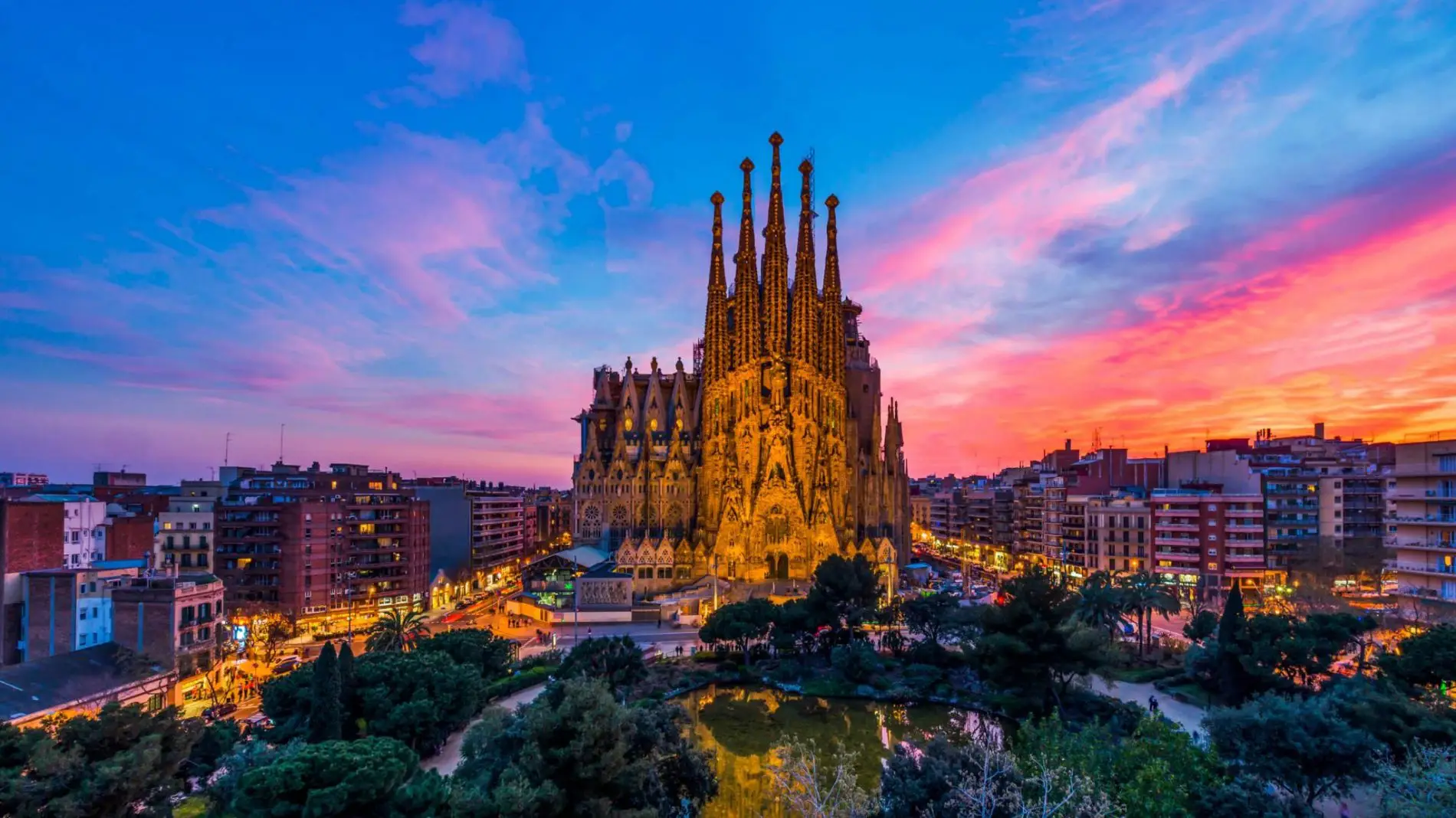
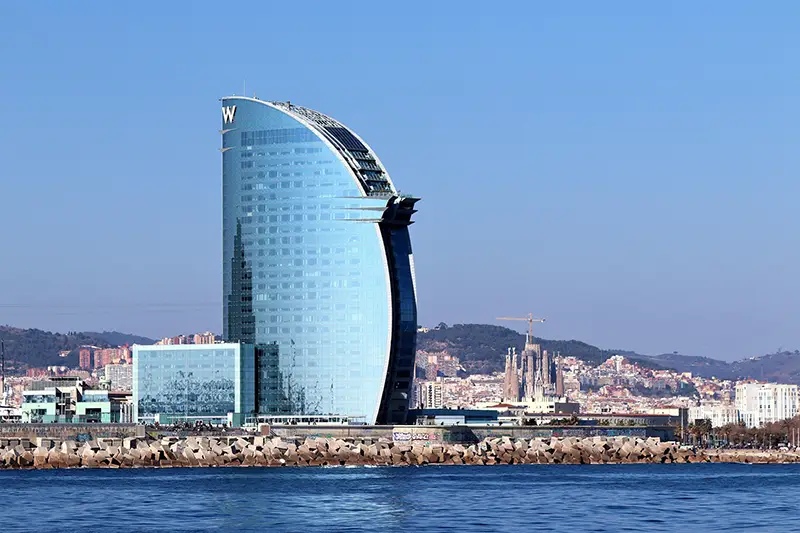 Barcelona offers a good climate, making it one of the best cities in Spain to live in. Winters are warm and summers are bright and sunny, which is ideal for those who want to enjoy nature all year round. The Mediterranean Sea creates a unique microclimate that favours comfortable living and maintaining an active lifestyle. No sudden temperature fluctuations – Barcelona is literally made for warm sun lovers.
Barcelona offers a good climate, making it one of the best cities in Spain to live in. Winters are warm and summers are bright and sunny, which is ideal for those who want to enjoy nature all year round. The Mediterranean Sea creates a unique microclimate that favours comfortable living and maintaining an active lifestyle. No sudden temperature fluctuations – Barcelona is literally made for warm sun lovers.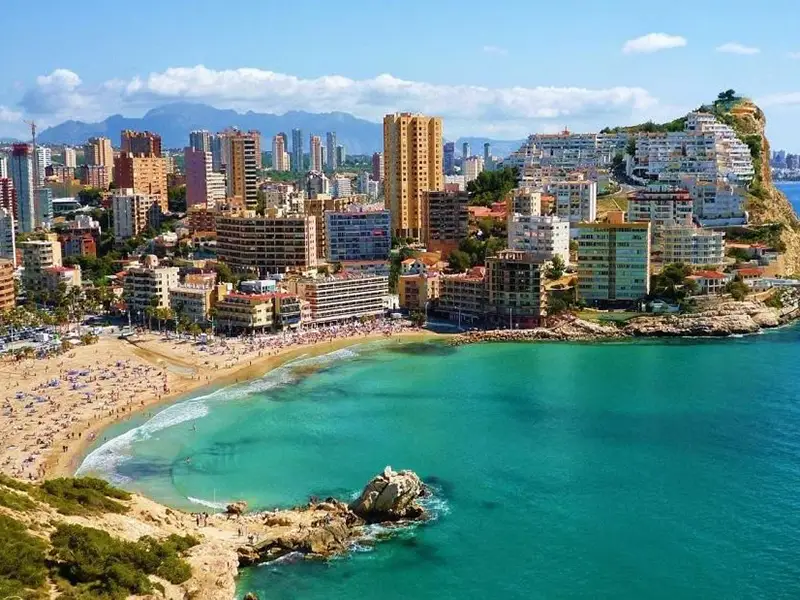 Each of Spain’s best cities to live in has its own characteristics and advantages. Madrid attracts with its versatility and combination of history and modernity, Barcelona delights with culture and the sea, and Valencia offers a harmonious combination of nature and city. Choosing the ideal location depends on individual preferences and priorities.
Each of Spain’s best cities to live in has its own characteristics and advantages. Madrid attracts with its versatility and combination of history and modernity, Barcelona delights with culture and the sea, and Valencia offers a harmonious combination of nature and city. Choosing the ideal location depends on individual preferences and priorities.